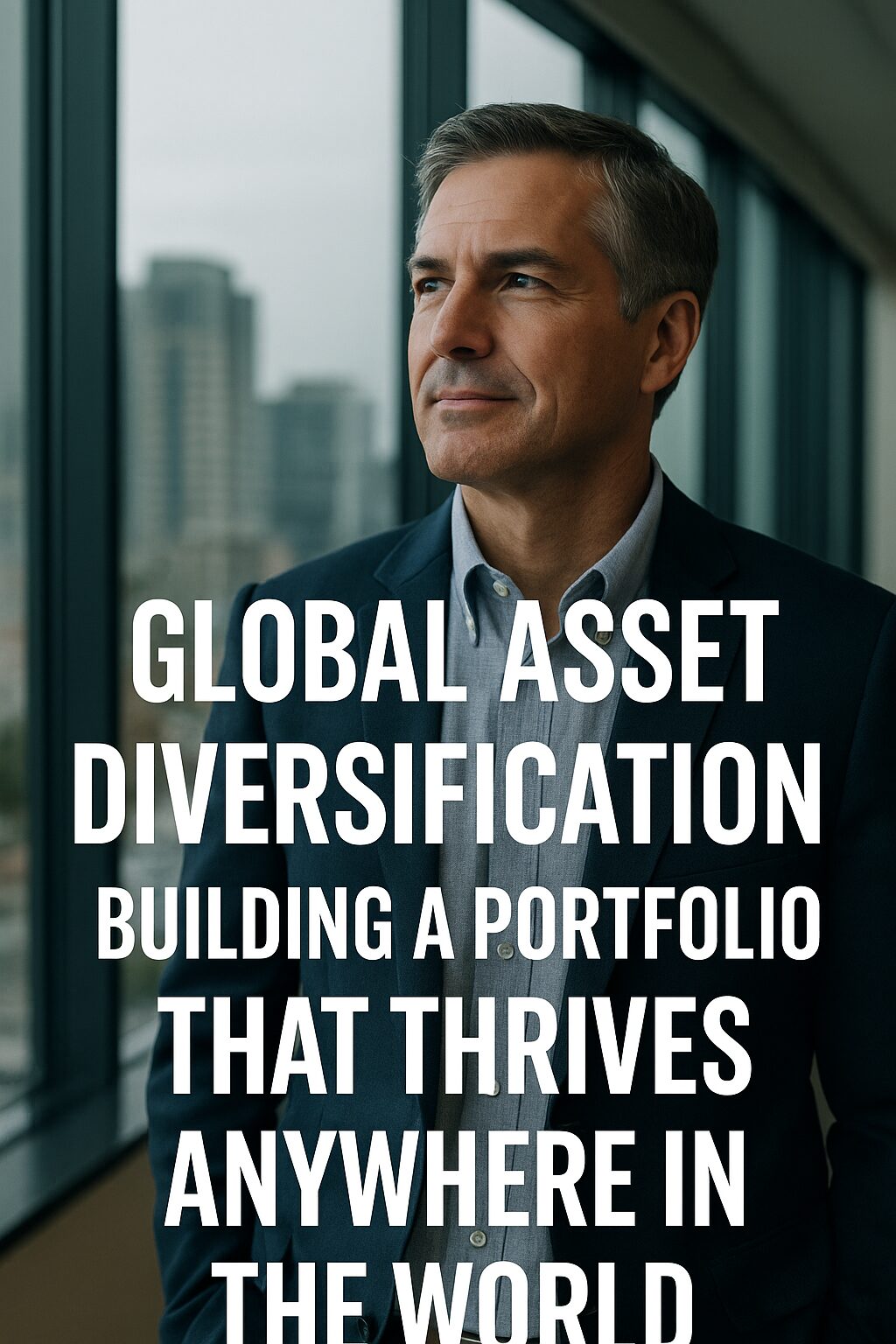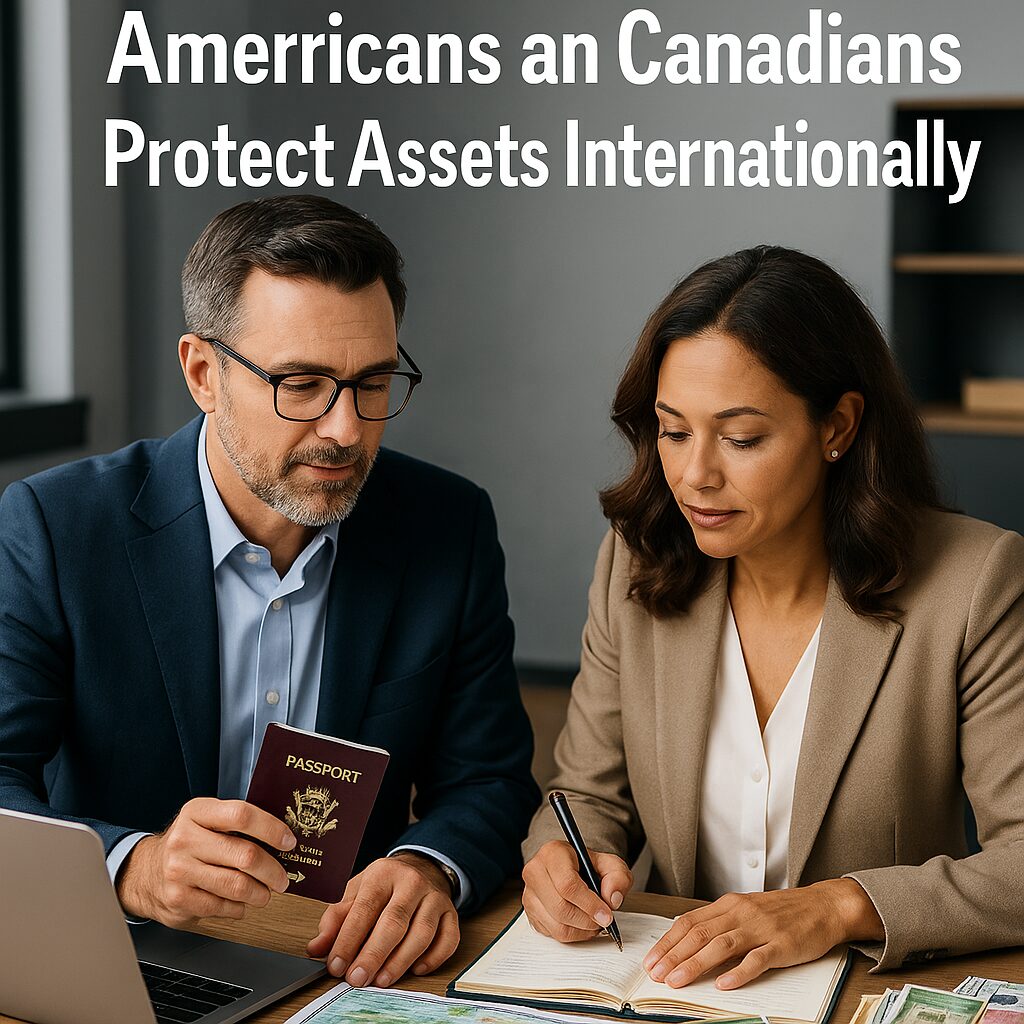In an interconnected global economy, wealth is no longer confined by national borders. The world’s most resilient investors understand that global asset diversification is not just a strategy—it’s a necessity. It shields wealth from localized risks, opens opportunities in high-growth regions, and ensures that a portfolio can thrive under any economic climate.
This guide will walk you through the principles, asset classes, risk management tools, and actionable steps to create a globally diversified portfolio that is designed for long-term growth and protection.
1) Why Global Diversification Matters
Relying on a single economy or currency exposes investors to concentrated risks—political instability, currency devaluation, inflation, and localized recessions can erode wealth quickly. Global diversification allows you to:
- Hedge against currency risk by holding assets in multiple currencies.
- Access high-growth markets in emerging economies.
- Benefit from different economic cycles, so one region’s slowdown can be offset by another’s boom.
- Mitigate political and regulatory risk by spreading investments across multiple jurisdictions.
💡 Example: An investor with 100% of their assets in domestic real estate faces severe exposure if the local housing market crashes. By holding a mix of U.S. tech stocks, Singapore REITs, European government bonds, and gold, the risk is spread across different economies and asset behaviors.
2) Key Asset Classes for Global Diversification
① Equities (Stocks)
- Developed markets: U.S., UK, Japan, Germany – stable, transparent, and highly liquid.
- Emerging markets: India, Vietnam, Brazil – high growth potential but with higher volatility.
- ETF Example: Vanguard Total World Stock ETF (VT) provides exposure to thousands of companies worldwide.
② Fixed Income (Bonds)
- Sovereign bonds from stable governments (U.S. Treasuries, Swiss bonds).
- Emerging market bonds offering higher yields (e.g., Indonesian or Chilean government bonds).
- Corporate bonds from global blue-chip companies.
③ Real Estate
- Direct property investments in high-demand cities.
- International REITs for diversified property exposure without direct ownership hassles.
- Consider markets with strong rental yields and stable legal frameworks (e.g., Singapore, Canada, Australia).
④ Alternative Assets
- Commodities: Gold, silver, and agricultural commodities to hedge against inflation.
- Private equity and venture capital in innovative global startups.
- Cryptocurrencies with proven track records, focusing on long-term store-of-value potential.
3) Currencies as a Wealth Protection Tool
Currency diversification is an often-overlooked component of global investing. Holding assets in USD, EUR, CHF, SGD, and other stable currencies can protect against your home currency losing value.
Consider:
- Multi-currency accounts with global banks.
- Foreign currency term deposits with competitive interest rates.
- Using currency ETFs to gain exposure without opening foreign bank accounts.
4) Jurisdictional Diversification – The Legal Safety Net
Holding all assets in a single legal system exposes you to potential asset freezes, restrictive tax changes, or capital controls.
Strategies:
- Offshore accounts in financially stable jurisdictions (Singapore, Switzerland, Luxembourg).
- International trusts or foundations for estate planning and asset protection.
- Real estate or business ownership structures abroad to qualify for residency or citizenship-by-investment programs.
5) Risk Management in Global Portfolios
A globally diversified portfolio needs a structured approach to risk:
- Correlation analysis: Ensure assets are not all moving in the same direction during market stress.
- Rebalancing: Adjust allocations annually or semi-annually to maintain intended risk exposure.
- Liquidity planning: Keep a portion of assets in highly liquid markets for emergency access.
- Political risk monitoring: Stay informed on regulatory changes in all jurisdictions where you hold assets.
6) Building Your Global Portfolio – Step-by-Step
- Assess Current Exposure
Map out where your existing investments are located geographically and in which currencies. - Set Risk Tolerance and Objectives
Define the acceptable level of volatility and target returns. - Choose Asset Classes and Markets
Blend developed and emerging markets, balancing growth with stability. - Select Investment Vehicles
- ETFs for cost-effective global exposure.
- Direct investments for control and potential higher returns.
- Managed funds or discretionary portfolio services for hands-off diversification.
- Open International Accounts
Partner with banks and brokers that provide global market access. - Implement and Monitor
Review performance quarterly and rebalance as needed.
7) Common Mistakes to Avoid
- Over-diversification: Holding too many assets can dilute returns and increase complexity without reducing risk significantly.
- Neglecting tax implications: Cross-border investments often trigger complex tax rules.
- Ignoring political stability: High yields in unstable regions can turn into losses if capital controls or expropriation occur.
- Underestimating currency fluctuations: Exchange rate changes can offset gains from otherwise profitable investments.
8) Conclusion
Global asset diversification is a cornerstone of long-term wealth preservation and growth. By spreading investments across countries, currencies, and asset classes, you can safeguard your portfolio against localized shocks and position yourself to benefit from global economic opportunities. The wealthiest investors don’t just survive downturns—they thrive by being prepared for them.
📌 Next Article Preview
In our next article, we’ll explore “High-Yield Passive Income Strategies Using International Real Estate and REITs”. You’ll discover how global property markets and professionally managed REITs can deliver stable, high-yield returns while diversifying your income sources.









